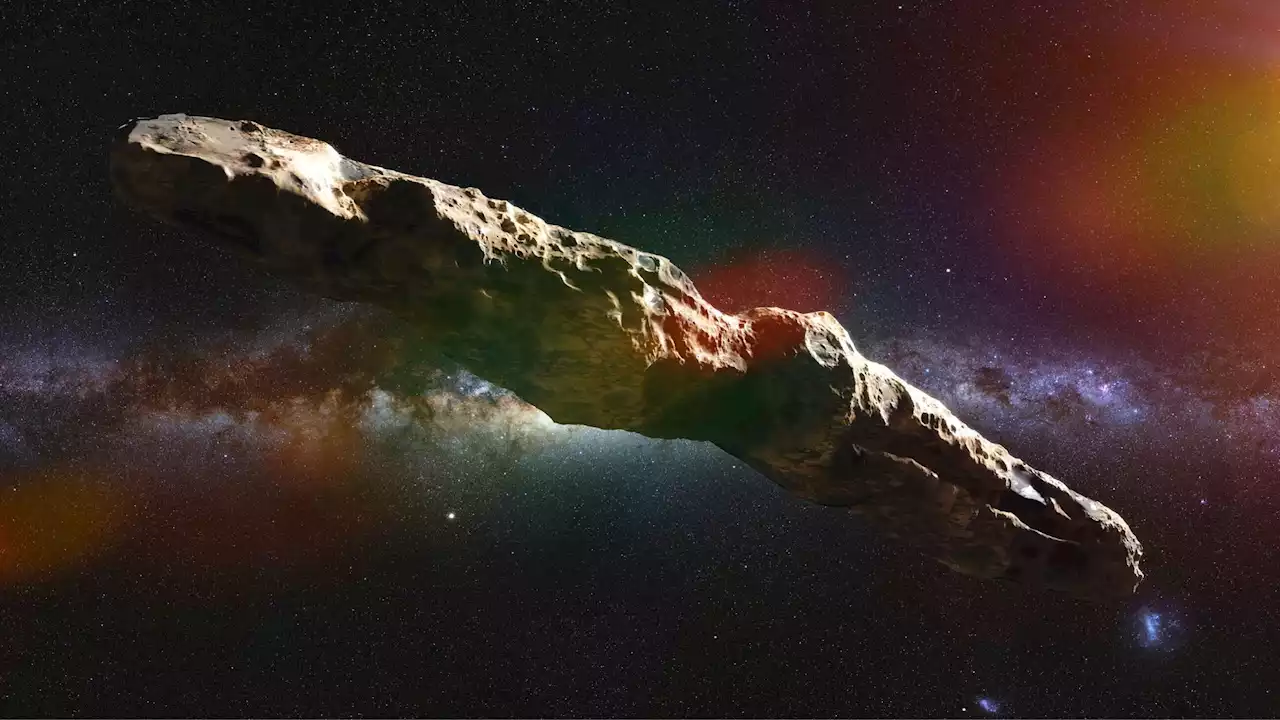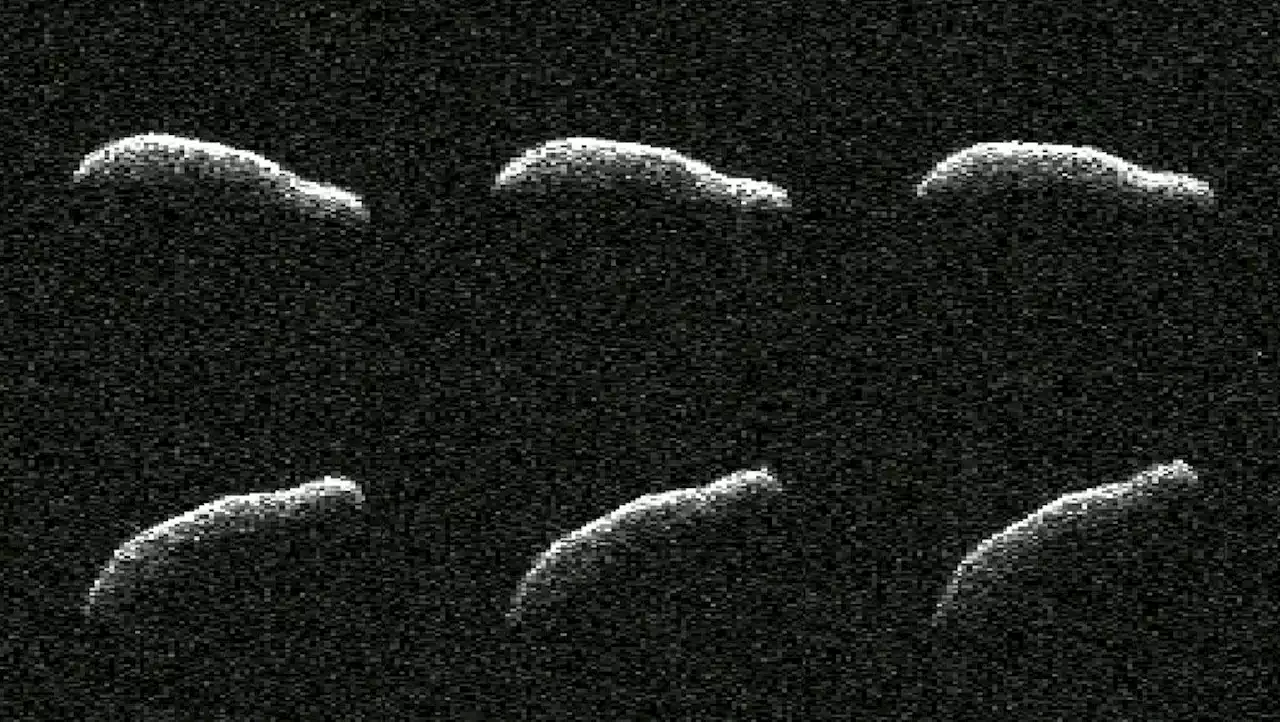NASA is mapping out dust storms on Earth with a device called EMIT, which could be an important tool in efforts to understand and mitigate the effects of global warming.
SALT LAKE CITY — NASA is mapping out dust storms on Earth with a device called, which could be an important tool in efforts to understand and mitigate the effects of global warming.
EMIT is an imaging spectrometer, meaning it measures the visible and infrared wavelengths reflecting off the dust, thereby determining its color. Its view is 39 miles wide and it orbits the Earth 16 times a day. NASA reports a knowledge gap when it comes to the composition of dust storms, which take a toll on the environment. That's why it launched EMIT in July 2022.
Indonesia Berita Terbaru, Indonesia Berita utama
Similar News:Anda juga dapat membaca berita serupa dengan ini yang kami kumpulkan dari sumber berita lain.
 NASA photos show huge Empire State Building-sized asteroid that buzzed past EarthNASA recently captured an image of a strange, 1,600-foot long asteroid that breezed past Earth earlier this month.
NASA photos show huge Empire State Building-sized asteroid that buzzed past EarthNASA recently captured an image of a strange, 1,600-foot long asteroid that breezed past Earth earlier this month.
Baca lebih lajut »
 NASA’s Planetary Radar Captures Empire State Building-Sized Asteroid As It Flew Past EarthOne of the most elongated asteroids ever imaged by planetary radar was closely tracked by NASA’s Deep Space Network. An oblong asteroid, more than three times as long as it is wide, safely flew past Earth on February 3 at a distance of about 1.1 million miles (1.8 million kilometers, or a little
NASA’s Planetary Radar Captures Empire State Building-Sized Asteroid As It Flew Past EarthOne of the most elongated asteroids ever imaged by planetary radar was closely tracked by NASA’s Deep Space Network. An oblong asteroid, more than three times as long as it is wide, safely flew past Earth on February 3 at a distance of about 1.1 million miles (1.8 million kilometers, or a little
Baca lebih lajut »
 An inside look at how NASA is using advanced radar technology to better understand climate changeNASA is using its advanced technology to head for space — so it can monitor our home. The new technology will give NASA a 3D view of how the Earth's systems are operating and are impacted by climate change.
An inside look at how NASA is using advanced radar technology to better understand climate changeNASA is using its advanced technology to head for space — so it can monitor our home. The new technology will give NASA a 3D view of how the Earth's systems are operating and are impacted by climate change.
Baca lebih lajut »
 This oblong asteroid will have a close encounter with Earth in 2040The US space agency's planetary radar tracked the asteroid, which is roughly the same size as the Empire State Building.
This oblong asteroid will have a close encounter with Earth in 2040The US space agency's planetary radar tracked the asteroid, which is roughly the same size as the Empire State Building.
Baca lebih lajut »
 Oddly shaped asteroid once considered an impact risk for Earth races past the planet'This is one of the most elongated near-Earth objects we've ever seen.'
Oddly shaped asteroid once considered an impact risk for Earth races past the planet'This is one of the most elongated near-Earth objects we've ever seen.'
Baca lebih lajut »
 Bouncing seismic waves reveal distinct layer in Earth's inner coreData captured from seismic waves caused by earthquakes has shed new light on the deepest parts of Earth's inner core, according to seismologists from The Australian National University (ANU).
Bouncing seismic waves reveal distinct layer in Earth's inner coreData captured from seismic waves caused by earthquakes has shed new light on the deepest parts of Earth's inner core, according to seismologists from The Australian National University (ANU).
Baca lebih lajut »
